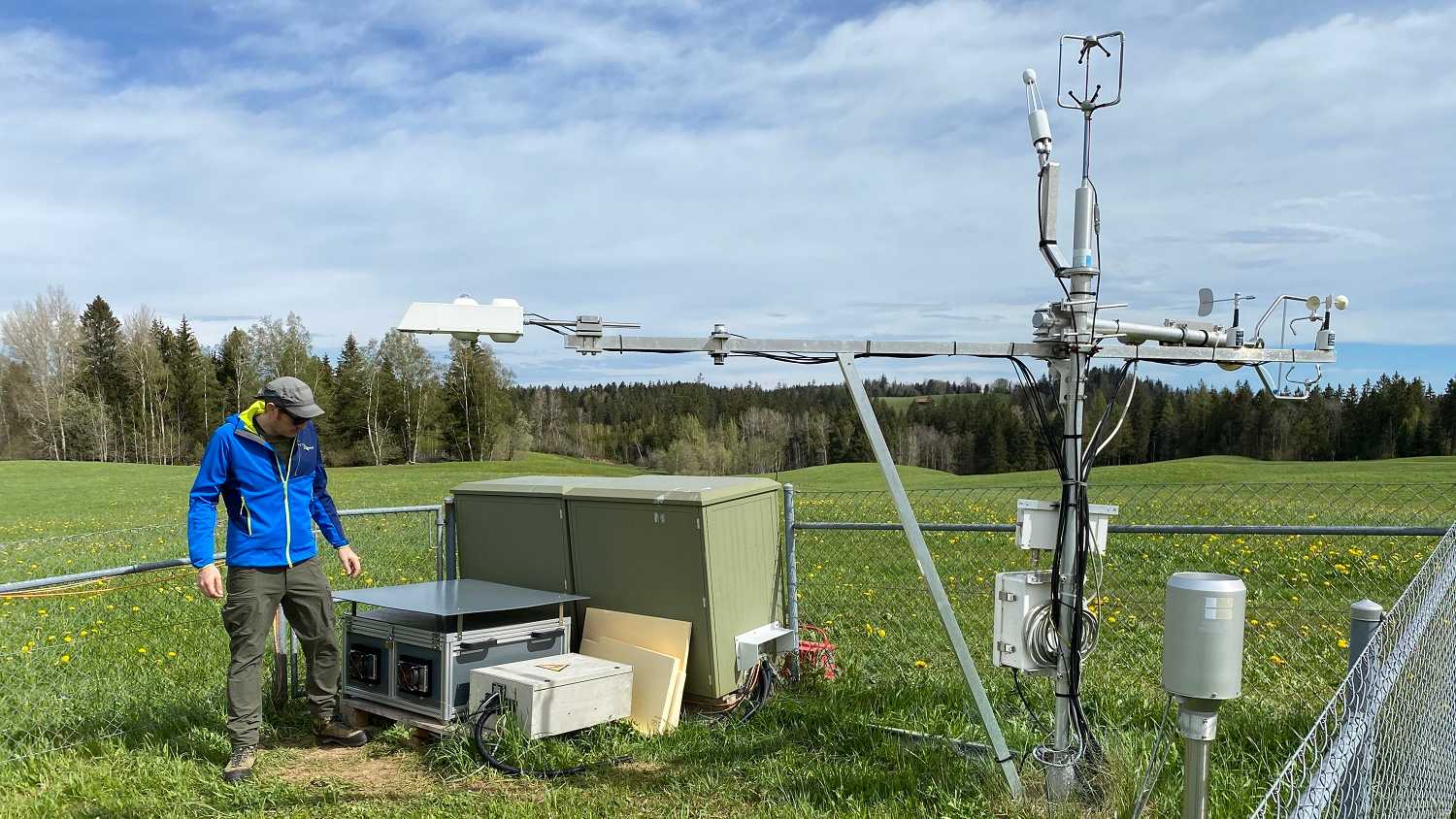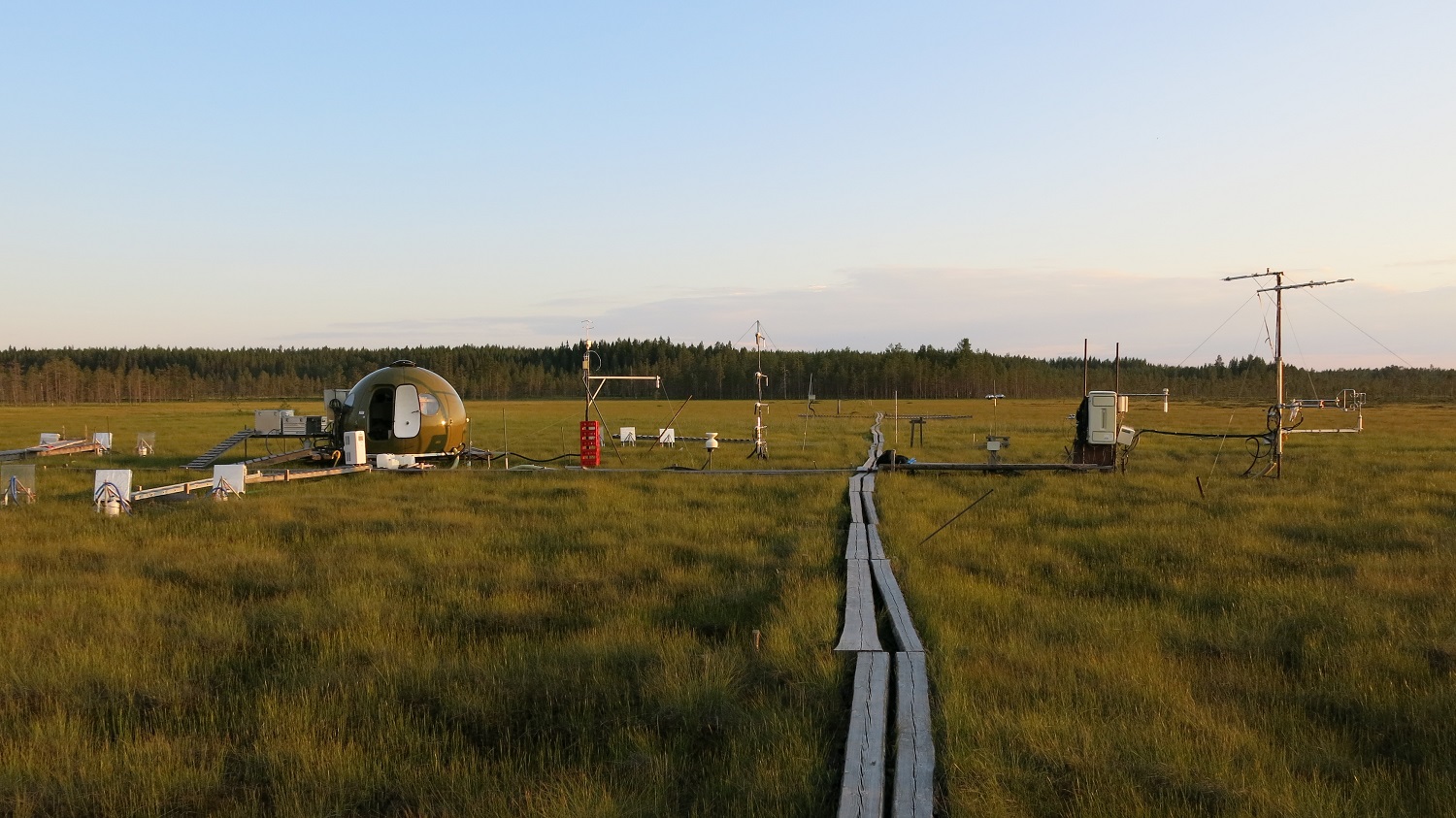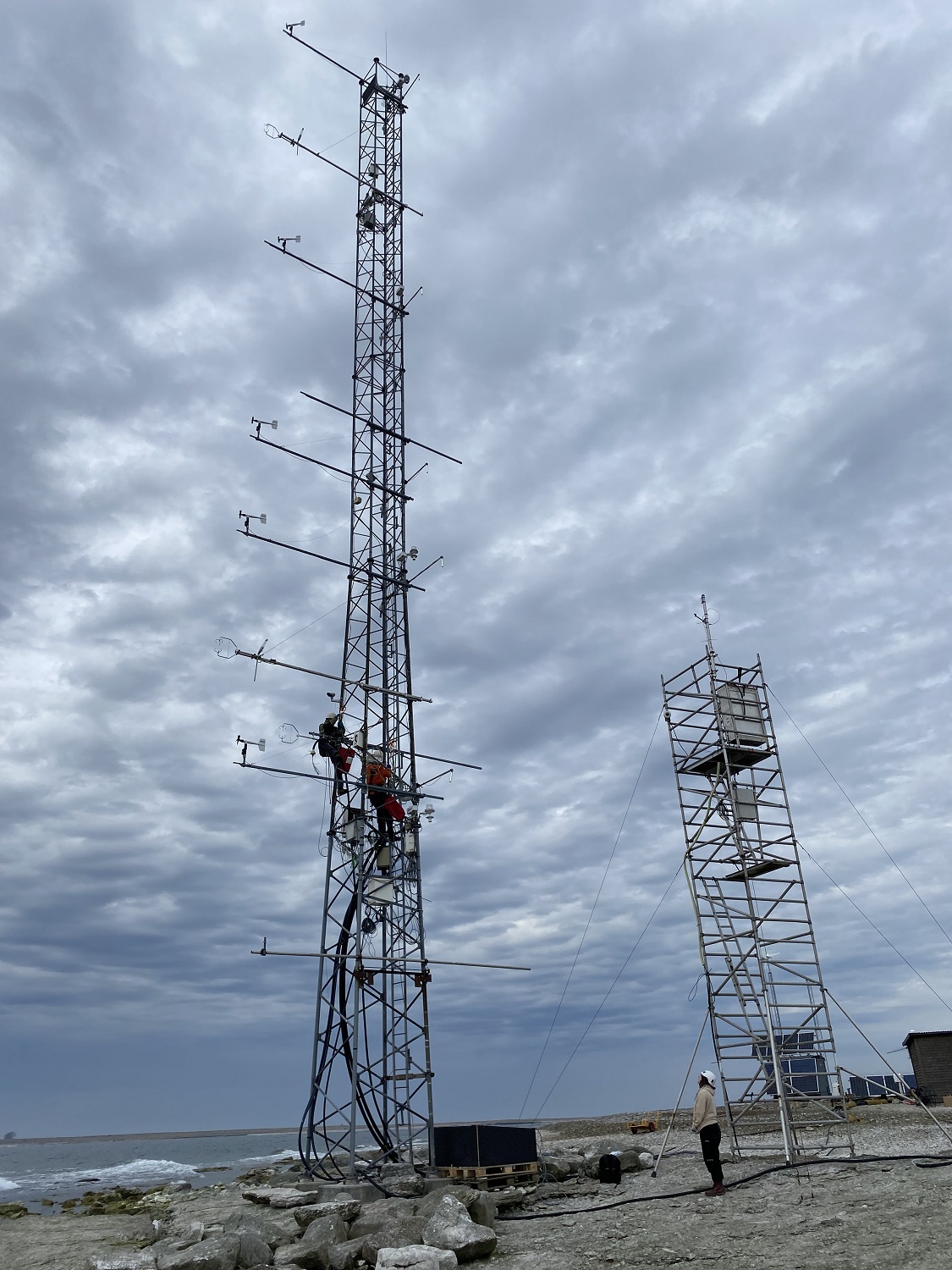Eddy Mercury: Resolving temporal dynamics of surface-atmosphere exchange of Hg0 with Eddy Mercury
Context
Mercury (Hg) is a global pollutant that is emitted to the atmosphere from various natural and anthropogenic sources. Gaseous elemental Hg (Hg0) is the predominant form of Hg in the atmosphere and is subject to bi-directional exchange with the Earth’s surface. The Hg0 flux, however, is ill-constrained because our understanding of the influences of environmental drivers on the Hg0 flux is limited. So far, only a few studies have analyzed Hg0 exchange on multi-seasonal time-scales. A formidable obstacle to more such studies is the lack of an easy-to-deploy method to provide accurate, representative data. Hence there is an urgent need for both direct, long-term, ecosystem-scale Hg0 flux measurements, and a suitable methodology for making those measurements. Eddy covariance (EC) is the established technique for greenhouse gas flux measurements, but EC has hitherto not been feasible for Hg0 in natural environments. However, we presented the first EC system (Eddy Mercury) with sufficient accuracy to measure the Hg0 flux over natural surfaces (Osterwalder et al., 2020, AMT). Within this collaborative project between the ETH Zurich and SLU, we aim to establish a reliable "standard" methodology to open the way for rapid progress in this area of Hg research.
Project aims
The overarching goal of the project is to improve our understanding of the terrestrial and marine Hg0 flux. In particular, we aim to identify the sink/source strength of a managed grassland in Switzerland, a external page boreal peatland complex in Sweden, and try to capture diel and seasonal variations of the air-sea Hg0 exchange external page over the Baltic Sea.
Publications
Osterwalder S, Schibler R, Hüglin C, Schwarzenbach B, Stupple G, MacSween K,Bishop K, Alewell C, Buchmann N (2024) Spatial and seasonal dynamics of gaseous elemental mercury concentrations over Switzerland observed by a passive air sampler network. Environmental Science: Atmospheres 4: 848-860, doi: external page 10.1039/D4EA00052H



